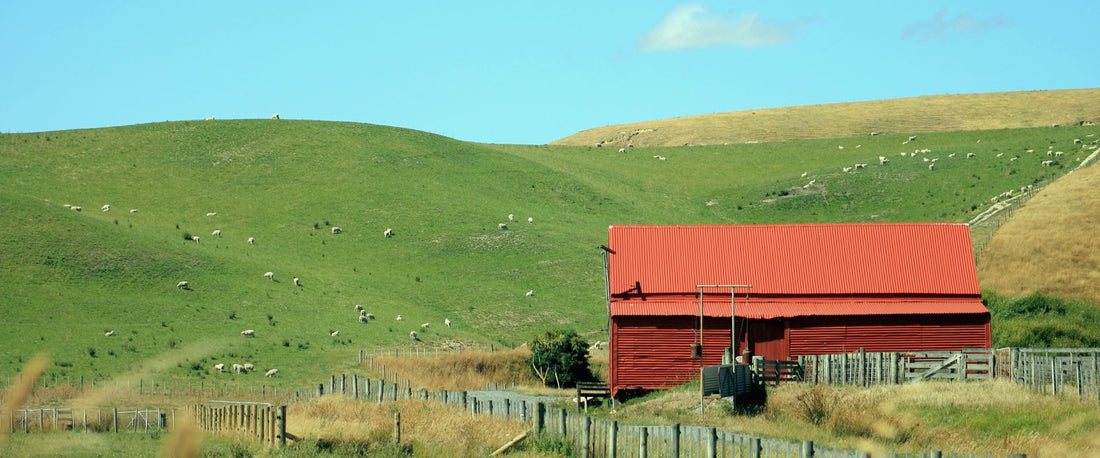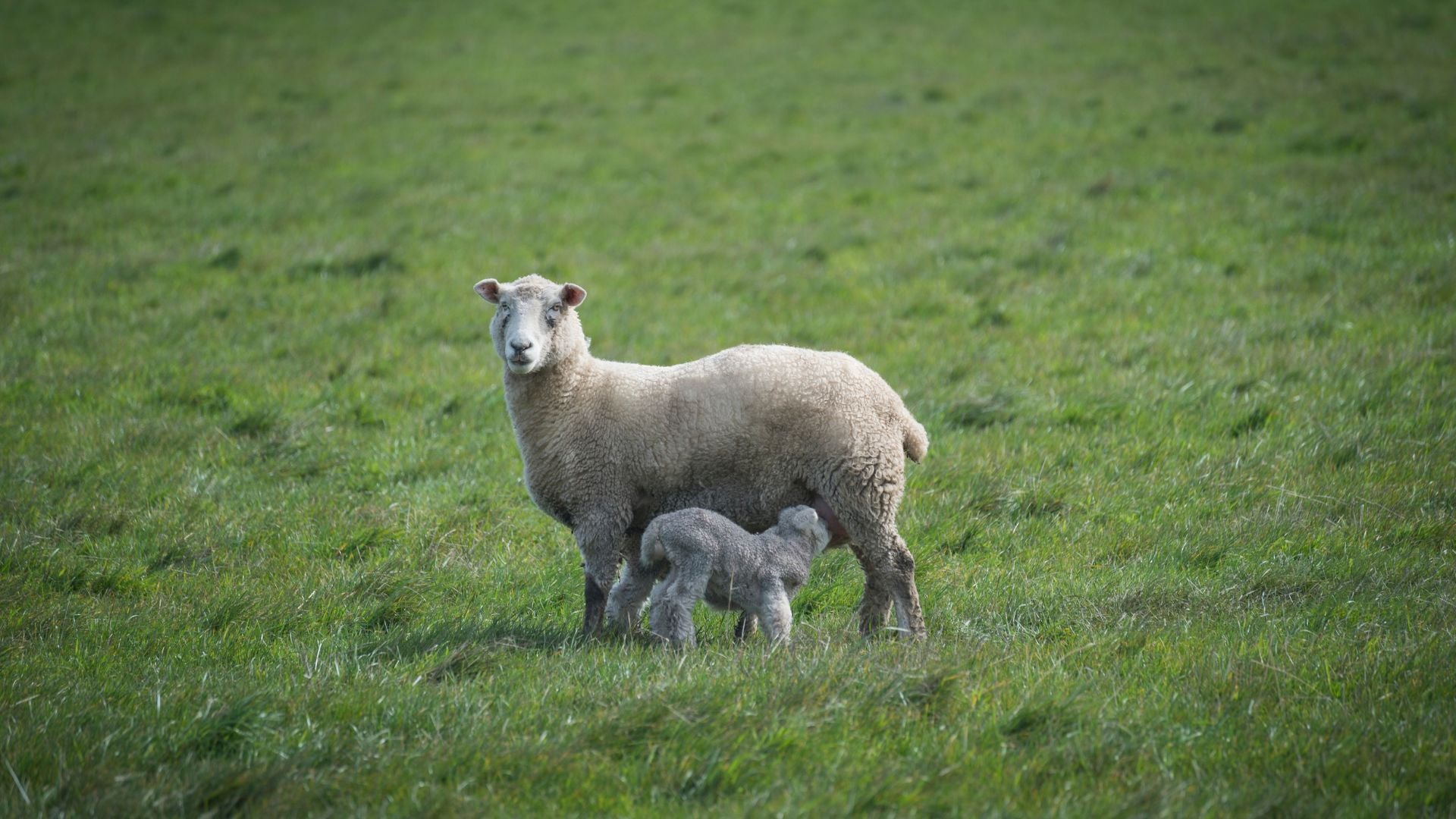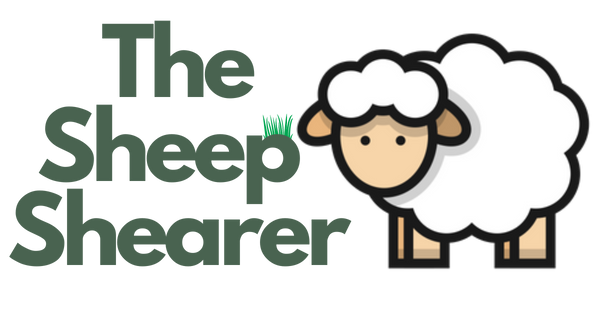
How Often Do You Shear Sheep
Share
This is a complete guide on how often you shear sheep, when they should be shorn and why.
So if you’re looking to make a plan for the best time to organise a sheep shearer…
Then you’ll love the insight in this guide.
Let’s get started.
Generally, adult sheep are shorn at the beginning of the summer.
However, sheep may be shorn anytime during the year, and there are different reasons why you may want to shear your sheep during a different time of the year besides the spring or summer.

Either way, you’ll want to time your shearing so that it is best for the sheep. This is why, speaking generally, shearing just before the beginning or at the start of summer is most often optimal because…
- It ensures the sheep are comfortable during the changing of seasons as the weather begins to heat up for the summer.
- It decreases the risk of fly strike.
- It reduces lice and ticks considerably.
- It enables the sheep to do better overall.
- They become more active and spend more time grazing rather than sitting dormant in the shade.
How often do you shear sheep?
Breeds of sheep that produce a lot of wool or sheep raised in warmer climates are commonly shorn twice a year.
Lifestyle farms in particular shear their flock twice a year for optimal wellbeing of the sheep and to greatly reduce any negative effects on the sheep. This reduces the chances of fly strike considerably as well as removing external parasites that negatively effect a sheep's overall health and wellbeing.
In the first two years of a sheep's life, it is best practice is to shear them twice a year.
- As a lamb they are usually shorn at 5-6 months old onwards in summer or early autumn.
- Then again as a hogget later that same year in the spring.
- Next year as the same hogget become's a two-tooth (they now have two adult front teeth) it is shorn again in the Autumn (just a few months after being shorn as a hogget) in what is called Second Shear.
- Then the next time this two-tooth is shorn will be with the ewes during the annual main shear, just before the beginning or at the start of summer.
The main reason for shearing them twice a year in the first two years is that during this time they grow a lot of wool. If they’re only shorn once a year during this time, it can have a negative impact on their overall wellbeing as they will grow a large fleece of wool and sacrifice body growth in the process.
When are sheep shorn at other times of the year?
Cover comb shearing is common during the winter prior to lambing.
This type of shearing leaves a layer of wool on the sheep for warmth and is done when the weather is mild with additional feed and shelter provided after shearing.

Why shear sheep in the winter?
Shearing in the winter during pregnancy can increase birth weights of lambs which can make a big difference to their survival rate if bad weather strikes during lambing. If there is bad weather during lambing, the ewe will seek shelter, which also improves the survival rate of a newborn lamb. Rather than giving birth out in the open, exposed to the elements.
High country areas have natural landscapes where sheep can find shelter from cold weather unlike areas of flat land which rely on man-made shelters such as hedges to protect them from mid-winter ice baths.
